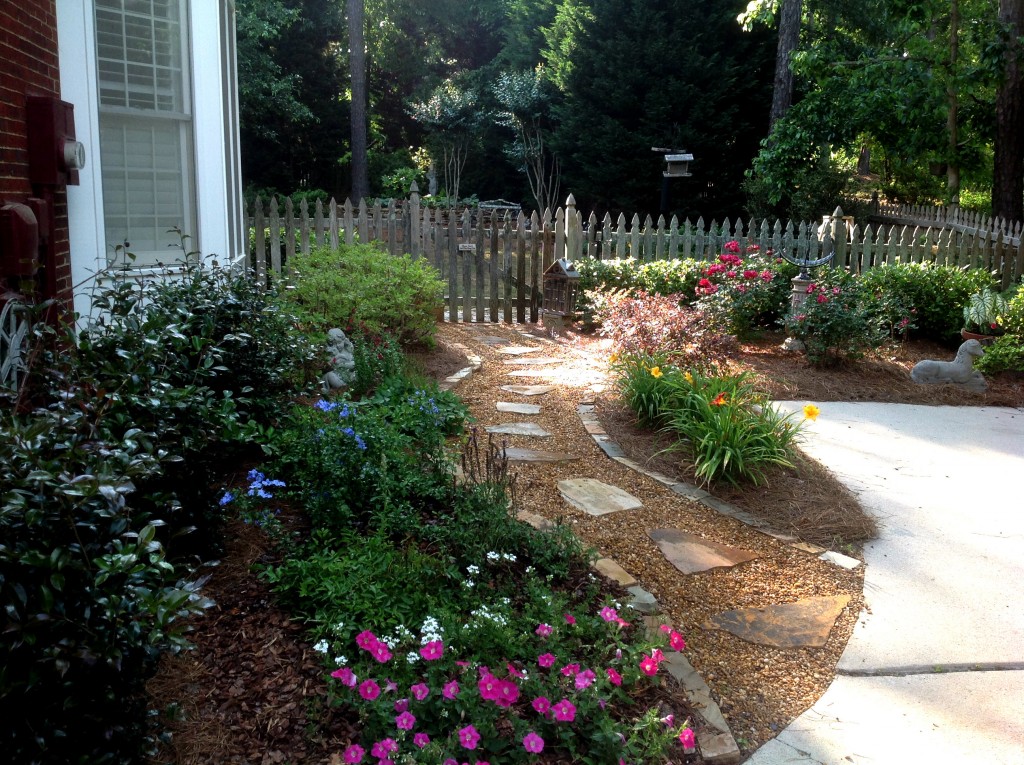
Home gardening is a great opportunity to spend time outdoors with family and boost curb appeal along the way. First, you’ll need to decide on what you’ll want to plant, and where you’ll put them. There are a few options for planting method:
- Backyard plot
- Window boxes or containers
- Planters and raised beds
Talk to your kids about what they’d like to grow together. Spend time researching the best garden vegetables or easiest fruit trees to grow in your backyard. Your family can also design a flower garden with a flower identification guide.
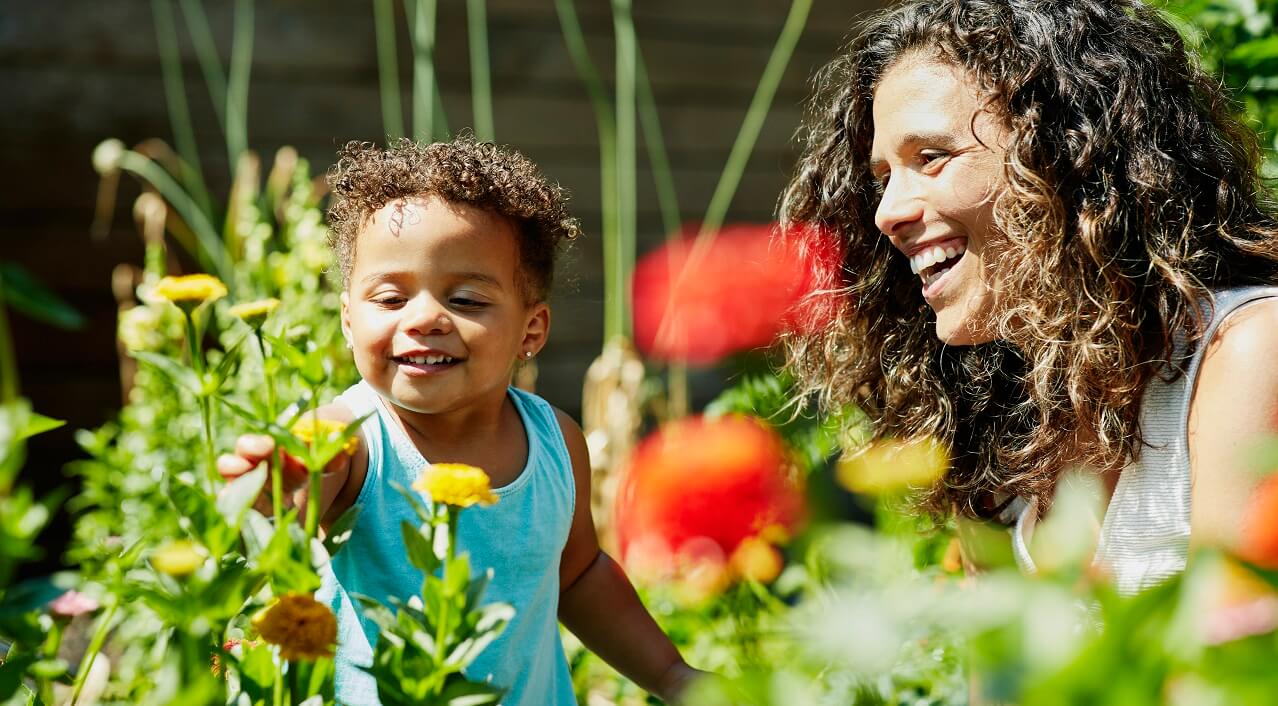
Starting Your Home Garden
Next, take a look at the benefits of landscaping your yard with raised bed gardening. Compare it to other methods, like window boxes or containers. If it’s helpful, you can hire a landscaper designer near you for insight on the type of planters or beds that make your property stand out.
After you decide the type and location of the plants, make sure you invest in tools that everyone can safely use. Depending on the age of your kids, this can range from protective gloves to a smaller toolset.
Here’s more information on how to start your family home garden:
- Basics of Gardening
- Family Gardening
- Gardening for Kids
- Garden Resources
- How To Grow A School Garden
- How To Plant A Garden
- Kitchen Gardening 101
- My First Garden
Vegetables
Homegrown vegetables often have more nutrients and cost less than what you’ll pay to buy them in local produce stores. It also presents an opportunity to teach children about how food travels from garden to table. Additionally, it’s a healthy outdoor chore you can do as a family. Looking for a way to improve taste and reduce the need for artificial fertilizer? A visual guide to companion planting can help.
Here are additional resources to help:
Vegetable Growing Guides
- Asparagus
- Beans
- Broccoli
- Carrots, Beets, and Radishes
- Cucumbers
- Eggplant
- Loose Leaf Lettuce
- Onion
- Peas
- Peppers
- Potatoes
- Sweet Corn
- Sweet Potatoes
- Tomatoes (Indoors)
- Vine Crops
- Zucchini
Ready to start your home garden?
Find Pros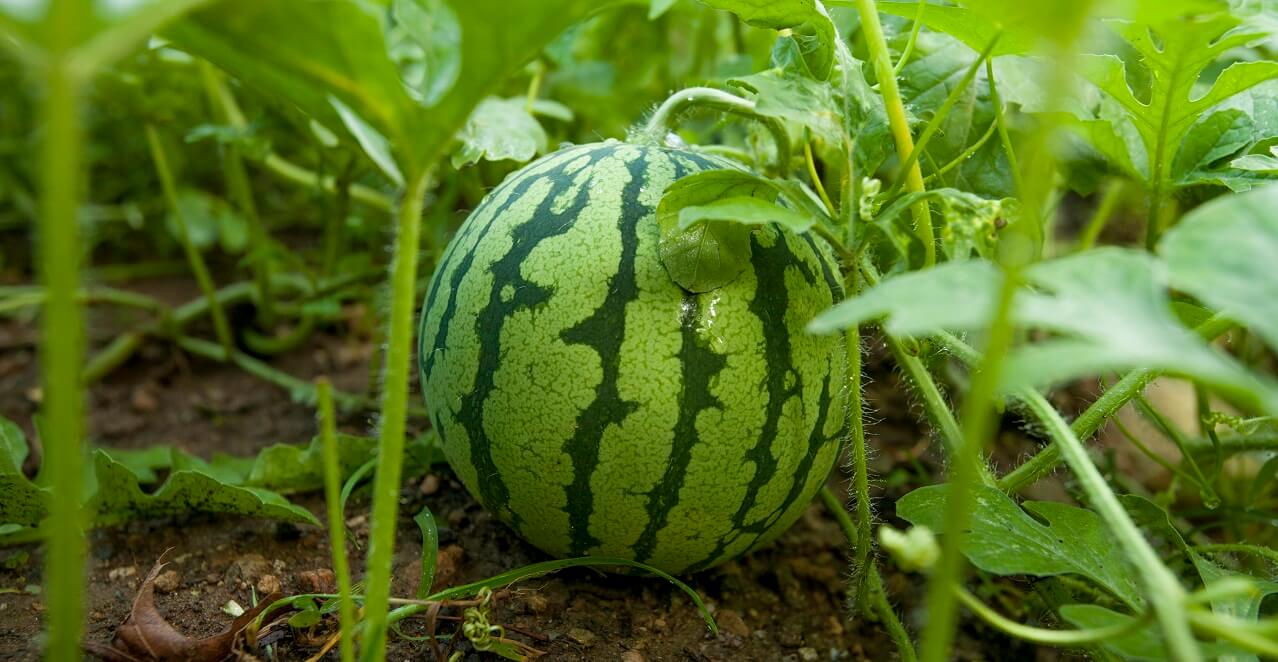
Fruits
Similar to growing vegetables, you’ll save time and money with fruit plants. Make sure you check to see which ones thrive in your area. Plum, peach and pear trees are some of the best fruit trees for warm climates, while Honeycrisp apple and cherry trees are the best fruit trees for cool climates. Ultimately, depending on where you live, there are a wide variety of other fruits you can grow in different locations. If you think you need a hand, research how to find and hire a gardener.
Fruit Growing Guides
- Apple Trees
- Apricots
- Blackberry Bushes
- Cherries
- Citrus Trees
- Grapes
- Peaches and Nectarines (PDF)
- Pears
- Plums
- Raspberries and Blackberries
- Strawberries
Ready to start your home garden?
Find ProsHerbs
For cooking enthusiasts, purchasing herbs can get expensive. Rather than making continuous trips to the grocery store, why not grow some of your own? Basil, parsley, chive — there are many options, and herbs are amongst the easiest types of plants to maintain. This is also a chance to teach children about cooking, including how spices and herbs can add flavor to favorite dishes.
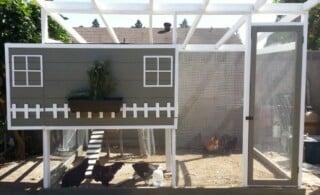 Raising Chickens at Home
Raising Chickens at Home 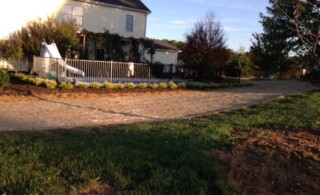 Test Your Lawn Before You Fertilize
Test Your Lawn Before You Fertilize 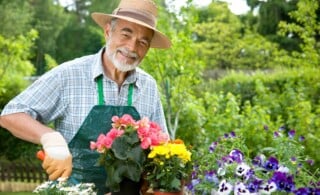 How to Hire a Gardener for Your Lawn and Garden
How to Hire a Gardener for Your Lawn and Garden  Checklist: Winter Landscape Tips
Checklist: Winter Landscape Tips  The Myths that Lead to Common Landscaping Mistakes
The Myths that Lead to Common Landscaping Mistakes 

Hi,
Very nice and informative blog on home gardening. Thank you for sharing this informative tips.